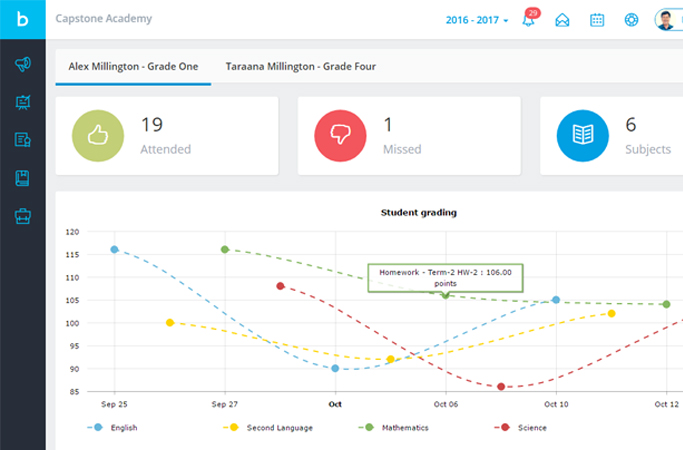Tackling skipped assignments and endless lost homework excuses

We’ve previously spoken of the common issues that teachers face in today’s classrooms; and yet beyond large classes, disruption, inappropriate language and lack of engagement, there lies one timeless task that teacher after teacher has attempted to tackle and failed – homework that is completed on time, every time, by every pupil. This problem endures, the only difference is that the excuses have transformed; from blaming the dog, to digitally-based excuses – lost memory sticks, cloud storage that has taken umbrage on that single document and eradicated all trace of it, the list goes on.
Given that two hours of homework per night is the most effective in relation to the results that are ultimately achieved, we know that homework pays off. So, it’s worth persevering – and with these tips, your perseverance may gain an upper hand.
1. Involve the parents and caregivers
The number one influencer on homework completion is the success of the teacher/caregiver relationship. We’ve previously written about how Breeze creates seamless interaction in this respect – putting parents in the complete picture as to how their child is progressing, what grades they have achieved and the tasks set before them. Perhaps most critically, Breeze also allows for two-way communication.
2. Identify learning disabilities
Learning disabilities often go a long way in explaining a pupil’s poor behaviour, including skipped homework assignments – but recognising and diagnosing a condition is notoriously tricky. In the meantime, a pupil can often be labelled with all sorts of terms, impacting their education and perpetuating a self-fulfilling prophecy.
Understanding the symptoms associated with learning disabilities, and the ages at which they may emerge, is a basic first step toward learning disability identification; parental communication should also be considered as vital, as it offers the complete picture beyond the classroom, with parents able to feedback as to whether their child is struggling.
3. Harness technology to manage the process
Let’s face it – pupils can have a week full of homework dates and assignment deadlines. Time management is critical and scribbled notes in school diaries often simply don’t cut it. Technology can be essential in this respect – providing for an interactive calendar that’s always up-to-date and able to provide an instant snapshot as to what’s done, what’s due and what’s in progress. Encouraging the use of tech to assist this process is a skillset that will also stand them in good stead for the world of work.
4. Put an effective, motivating feedback scheme in place
Frequent and specific feedback is shown to be one of the most effective motivators for pupils, with timeliness also critical to the feedback loop. Gone are the days where you had to wait for the next class to return work – today, homework grading has gone digital, not only allowing for feedback as and when you’re ready, but also for tracking previous grades over time.

5. Make it interesting and relevant
Innovative, captivating and exciting homework is far easier said than created. For this, you need inspiration. Think out of the box – use online resources such as LessonCast to explore ideas from other teachers and read this insightful blog from idea powerhouse TED for re-designing the homework process.
